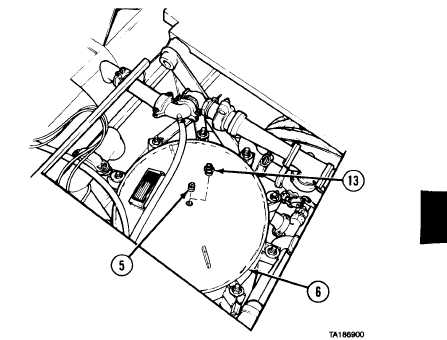Mcgraw Hill Financial Accounting Study Guide
Intercorporate Acquisitions and Investments in Other Entities 2. Reporting Intercorporate Investments and Consolidation of Wholly Owned Subsidiaries with No Differential 3. The Reporting Entity and the Consolidation of Less-than-Wholly-Owned Subsidiaries with No Differential 4. Consolidation of Wholly Owned Subsidiaries Acquired at More than Book Value 5. Consolidation of Less-than-Wholly-Owned Subsidiaries Acquired at More than Book Value 6. Intercompany Inventory Transactions 7. Intercompany Transfers of Services and Noncurrent Assets 8.
McGraw-Hill's 'Connect' is a web-based assignment and assessment platform that helps you connect your students to their coursework and to success beyond the course. Study Guide & Working Papers for College Accounting: A Contemporary Approach is a companion Guide to the College Accounting: Chapter 7. Accounting for Sales and Accounts Receivable, and Cash Receipts; Chapter 8.
Mcgraw Hill Connect Answers Financial Accounting

Intercompany Indebtedness 9.  Consolidation Ownership Issues 10. Additional Consolidation Reporting Issues 11. Multinational Accounting: Foreign Currency Transactions and Financial Instruments 12. Sea doo challenger electrical system manual.
Consolidation Ownership Issues 10. Additional Consolidation Reporting Issues 11. Multinational Accounting: Foreign Currency Transactions and Financial Instruments 12. Sea doo challenger electrical system manual.
Multinational Accounting: Issues in Financial Reporting and Translation of Foreign Entity Statements 13. Segment and Interim Reporting 14. SEC Reporting Partnerships: Formation, Operation, and Changes in Membership 15. Partnerships: Liquidation 16. Governmental Entities: Introduction and General Fund Accounting 17.
Governmental Entities: Special Funds and Governmentwide Financial Statements 18. Not-for-Profit Entities 19. Corporations in Financial Difficulty.
Intercorporate Acquisitions and Investments in Other Entities 2. Reporting Intercorporate Investments and Consolidation of Wholly Owned Subsidiaries with No Differential 3. The Reporting Entity and the Consolidation of Less-than-Wholly-Owned Subsidiaries with No Differential 4. Consolidation of Wholly Owned Subsidiaries Acquired at More than Book Value 5. Consolidation of Less-than-Wholly-Owned Subsidiaries Acquired at More than Book Value 6.